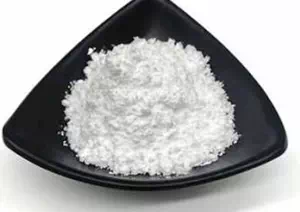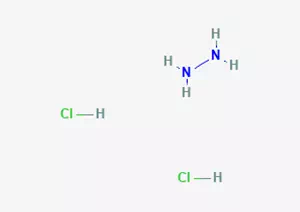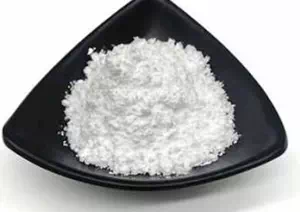Pyrazine hydrochloride plays an important role in the chemical industry, especially in the process of treating and purifying chlorine gas. As an effective chlorine gas scavenger, it can stably react with chlorine gas in the hydrochloric acid gas flow, thereby removing impurities from the chlorine gas. This characteristic makes pyrazine hydrochloride have extensive application value in fields such as chemical production, laboratory research and environmental protection.
Hydrazine dihydrochloride, as an amine compound, has a wide range of uses. It is not only an important raw material for organic synthesis, but also a key component in the manufacture of chemical intermediates, agricultural chemicals, spandex fibers and antioxidants. As a reducing agent, hydrazine dihydrochloride can participate in various chemical reactions and promote the reduction process of other substances. In addition, it is also used as rocket fuel, providing impetus for the development of the aerospace industry.
Hydrazine hydrochloride is also a multifunctional compound, and its application scope covers multiple fields such as organic synthesis, dye industry, metal cleaning, and fuel cells. In organic synthesis chemistry, dihydrohydrazine hydrochloride can be used as a reducing agent and raw material for chemical synthesis, providing convenience for the preparation of various complex organic compounds. Due to its excellent chemical stability, dihydrohydrazine hydrochloride can remain stable in various chemical reactions, ensuring the smooth progress of the reactions. For example, in the process of preparing triazole compounds 3, 5-diamino-1,2, 4-triazole (DAT), dihydrohydrazine hydrochloride plays an important role.
In addition to its application in organic synthesis, dihydrohydrazine hydrochloride is also widely used in the dye industry. It can serve as an intermediate in the synthesis process of dyes, providing the necessary precursors for the large-scale production of dyes. This not only improves the production efficiency of dyes, but also reduces the production cost. Meanwhile, due to the reducing property and excellent chemical stability of dihydrohydrazine hydrochloride, it is also used in the cleaning of metal surfaces. By reacting with impurities on the metal surface, hydrazine hydrochloric acid can effectively remove pollutants such as oxides and restore the smoothness of the metal surface. This characteristic makes dihydrohydrazine hydrochloride have broad application prospects in metal processing and manufacturing.




